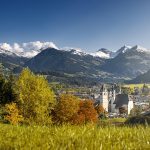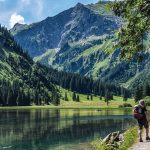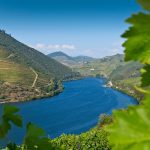The Wildlife in the Austrian Alps is among the richest in central Europe, especially during the summer months. From wild flower meadows and crystal clear mountain lakes to stunning alpine scenery and rare animals – the Austrian Alps are a treasure trove for nature enthusiasts. Whilst on your walk, make sure to keep eyes peeled for some of these locals!
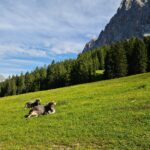

Alpine Plants & Wildlife in the Austrian Alps
Europe is famed for its mountain ranges and the culture surrounding them. The Alps in particular attract around 120 million visitors every year who come to take in the landscape, traditions, wildlife. We’ve already looked at the history of the Alps and its climate, now it’s time to look at Alpine plants and animals. When exploring the Zugspitze Arena in the Austrian Alps, a still comparatively undiscovered area of the Austrian Alps, you have good chances to spot some of these Alpine animals and birds during your wanderings.

Plants and Vegetation
The Alps are home to many kinds of plants, many of them specific to the area. Full, colourful meadows are rich with wild flowers and dense forests in the lower regions are home to many species of deciduous trees.In the higher regions, evergreens like spruce, pine and fir trees thrive and when climbing higher still, at around 1700m/2000m alpine meadows, mosses, shrubs and unique flowers like the edelweiss are commonplace. In the highest plains intricate rock gardens nestle between moonscape boulder fields.Rarer species such as the lady slipper orchid can be found in the Alps and many flower species that can be found across the world have their own Alpine twist due the soil or affecting climate.

Discover Austria's Wildlife


The Chamois

The Ibex
Ibex are well suited to navigating steep rock faces and lives above the tree line. They can have long curved hos which made them a popular target for hunters in the early 19th century. They were brought to the point of extinction during this time but now there are tens of thousands of them in the Alps. In the winter months Ibex move to lower ground.



Birds in the Austrian Alps
200 species of bird can be found in the Alps another 200 species again pass through in migration. Golden Eagles, Vultures, buzzards and hawks all patrol the skies.The golden eagle is a particular majestic sight. Often called the king of the air, these impressive birds have a wingspan of about two metres and can often be spotted circling above the mountain peaks in search for food.

The Marmot
Marmots are the most well-associated rodents with the Alpine environment. This squirrel/guinea pig-like rodent can weigh up to 14 pounds measure more than 2 feet long at times. They emerge in spring after hibeating in the winter months.They live in family groups and are very territorial. The family territory is unlikely to change throughout their lifetime and their intricate burrow systems even include nurseries for young and waste elimination areas. They can be heard from long distances letting out short sharp squeaks that serve as a waing of predators or other dangers. They have look-outs in a very similar way to Meer cats.

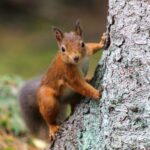

The Red Squirrel
The Red Squirrel is a protected species in the Austrian Alps. Sadly, sightings aren’t as common but if you’re lucky, you’ll be able to spot them in the woodlands surrounding Ehrwald. Although generally recognisable by its reddish colouring, a Red Squirrel can also have black fur, and it has a pale underbelly.
Go Walking in the Austrian Alps
The Zugspitz arena in the Austrian Alps is still comparatively undiscovered by British walkers, making it a fantastic destination for nature lovers and wildlife enthusiasts. Join us on a flexible walking holiday and get up close to the wildlife of the Austrian Alps.
Find Out More


